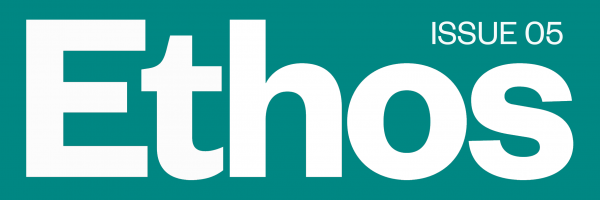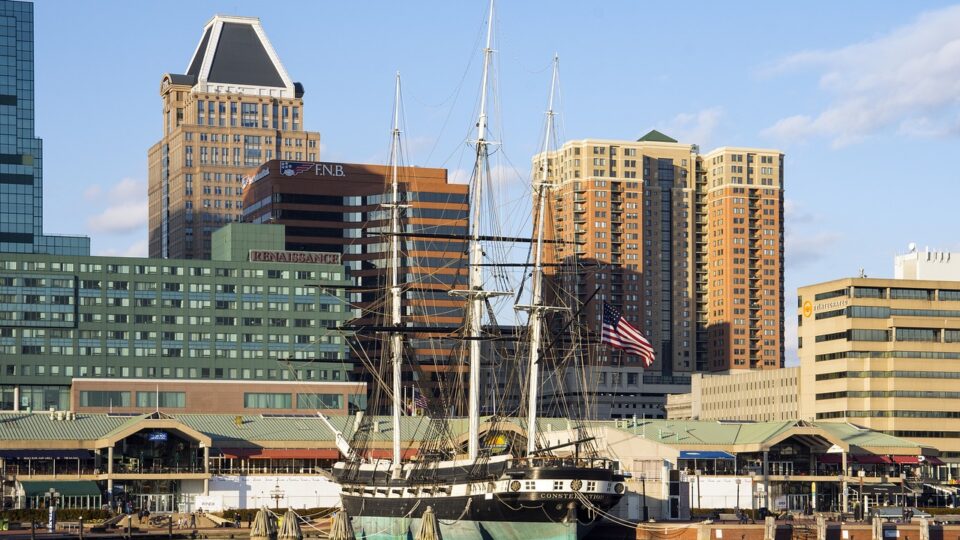“Why Baltimore?”, friends asked. The simple answer was: “necessity”. Several years of under-and unemployment meant I could no longer afford – nor did I need – the 6,000 square foot house in Washington, D.C. that I had bought 20 years earlier when I was a well-compensated TV producer.
Also, despite my Midwest, green-lawn-picket fence-house background, I’m a city girl.
And Baltimore, pronounced by natives as ‘Bawlmer’ – is nothing if not a city; a gritty, working class city with a distinct appeal, captured in two of its nicknames: ‘Charm City’ from a 1970s ad campaign at its lowest ebb, and ‘Mobtown’, from the numerous mobs and strikes that peppered the city’s history up to and through the Civil War.
Named in honour of Lord Baltimore of England, Baltimore is a historic port city in the Mid-Atlantic, about 40 miles from the nation’s capital. Baltimore, as that ‘70s ad once claimed, has: “more history and unspoiled charm tucked away in quiet corners than most American cities out in the spotlight.”
Literature:
Baltimore is home to internationally famous Johns Hopkins University and Research Center.
Francis Scott Key wrote the poem, The Star-Spangled Banner, from a ship in Baltimore Harbor as he watched the British strafe throughout the night during the Battle of Baltimore, in 1812.
Writer and poet, Edgar Allan Poe, is said to have had his last drink at Horse You Came In On Saloon – a colonial watering hold that still stands in the city.
H.L. Mencken, the satirist, cultural critic and scholar of American English, lived in Baltimore his whole life.
Black culture:
Baltimore is the birthplace of a distinguished list of black Americans; from Billy Holiday and Cab Calloway, to Thurgood Marshall, the first African American Supreme Court justice; to entrepreneur Reginal Lewis, the richest black man of the 1980s.
The city is full of entrepreneurs and artists like Amy Sherald, whose profile just got sky-high as the painter of former First Lady Michelle Obama’s official portrait.
Identity:
There are streets of rowhouses with rooms for rent, or a whole house in some working-class areas; there are elegant triple-story townhouses, with architectural frills and furbelows; and ethnic enclaves like Little Lithuania and Little Italy and Greektown. The city, after all, was once a major port of entry, second only to Ellis Island in New York Harbor, and it boomed right through World War II, offering well-paying jobs in factories producing airplanes, chemicals, electronic equipment, ships and steel.
Today, a bit of that immediate post-World War II vigour is returning. Soaring office buildings, untenanted during the city’s downturn in the 1970s and ‘80s, are being transformed into what I call “millennial” apartment buildings.
Such upscale living may come as a surprise to many people around the world who only know Baltimore from TV dramas like Homicide: Life on the Street and The Wire. Former Baltimore Sun reporter David Simon created the latter, based largely on years of being a crime reporter.
Tourism:
The tourism-focused Inner Harbor, Harbor Point, and prosperous neighbourhoods such as Canton and Mount Vernon are a world away from large sections of the city hobbled by generational poverty and distrust of the police. The city’s appeal – its affordability, its character, its “potential” – is not divorced from struggles of much of its population, 63 percent of which is black.
The Avenue in Hampden, is Baltimore’s hipster hangout – and home to quirky boutiques and shops. Café Hon is a restaurant located on The Avenue. Opened by former caterer and business school graduate Denise Whiting in 1992, Café Hon is instantly recognisable thanks to the 30-foot pink flamingo which graces its façade.
Dr Samuel Harris National Museum of Dentistry is a museum of the weird and wonderful, and home to famous sets of pearly whites from the likes of George Washington and Penny Wilson.
About the author:
Karen DeWitt has a long and distinguished career as a journalist, covering politics nationally and internationally, but also has worked on political campaigns. She’s covered Washington and national news for The Washington Post; the White House and the national politics for The New York Times; foreign affairs and the White House for USA TODAY before joining that newspaper’s management as an assistant managing editor. She switched to television as a senior producer for ABC’s Nightline, where she wrote and produced the award-winning, Found Voices, about the digitisation of 1930s and 1940s interviews with former slaves. She returned to newspapers, as Washington editor for the Examiner newspaper, and eventually left to direct communications for local political campaigns and two non-profits. De Witt lives and works in Baltimore.
[shopify embed_type=”product” shop=”ethos-magazine.myshopify.com” product_handle=”ethos-magazine-issue-5″ show=”all”]


